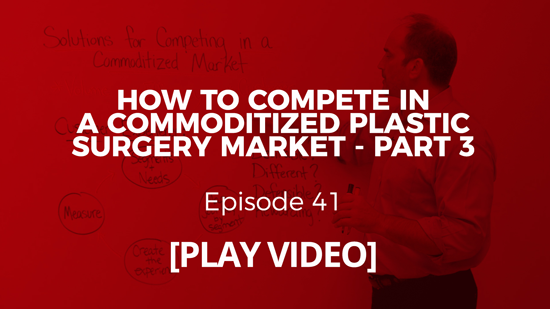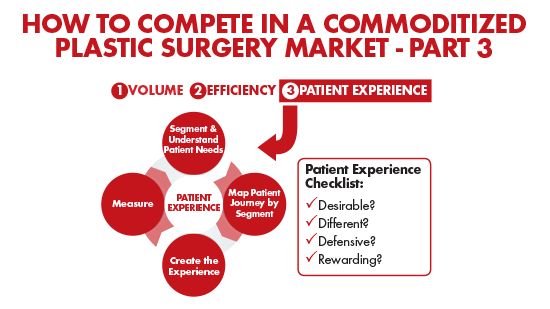Segment Customers Based on Profitability
As we discussed in part one of this series, it is imperative to segment customers based on profitability. Once you have them segmented, you can better understand the needs of each particular segment so you can drive more of these customers into your practice through marketing and customer experience.
Map Your Customer Experience
In order to differentiate yourself from the competition, you should map your customer experience from the moment they arrive until they check out. This entire experience should be mapped out by segment. Talk to your customers and get the feedback you need.
Create the Experience
With your mapping in mind, take the necessary steps to create the experience they have requested. Whether it’s offering a bottle of water or establishing different check-out area, initiate the changes you need to create the experience your customers are seeking.
Measure Your Results
Once you have everything in place and your system is running smoothly, continue to measure customer experience over time. Be sure to measure each segment so that you can optimize the process on a continuous basis.
Once you have mapped out your customer experience, evaluate the following:
- Is it desirable? The experience will be desirable if it is addressing the needs of your patients.
- Is it different? Will your patients get a better experience at your facility versus someone else’s because it is a different experience?
- Is it defensible? Can you create an experience that is defensible so that people will come back to you because they want that experience they cannot get anywhere else?
- Is it rewarding? Do your customers feel rewarded and motivated to continue to come to your facility, even if you charge a slightly higher price? As with the Starbucks example, if your customers feel they deserve your product, they won’t have an issue with the cost.


















